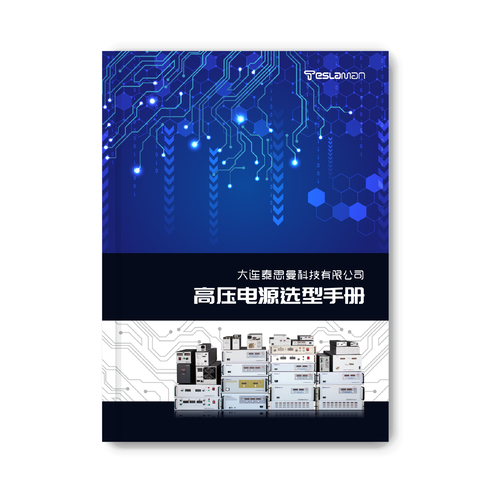Considerations for Wiring of High-Voltage Power Supplies in Semiconductor Testing
In the field of semiconductor testing, the performance and reliability of high-voltage power supplies are of crucial importance, and the rational design of the wiring process is one of the key factors ensuring the effective operation of high-voltage power supplies.
Firstly, from the perspective of high-voltage insulation, the wiring must ensure sufficient insulation distance between high-voltage lines and other low-voltage lines as well as the grounded parts. In the semiconductor testing environment, there is often a complex circuit layout. If the high voltage output by the high-voltage power supply has an accidental electrical connection with other lines, it may lead to serious failures such as breakdowns and short circuits, damaging the testing equipment and even the semiconductor devices under test. Therefore, the insulation materials for the wires selected for wiring should be carefully screened according to the actual high-voltage level, and their insulation performance should be able to withstand the long-term action of high voltage without deterioration. For example, in some testing systems where the high voltage can reach several thousand volts, special insulated wires may be required, with the thickness and material properties of the insulation layer carefully designed to ensure the effectiveness of high-voltage insulation.
Secondly, considering the impact of electromagnetic interference (EMI). High-voltage power supplies will generate relatively strong electromagnetic radiation when working, and they are also vulnerable to external electromagnetic signals. When wiring, the routing of the lines should be planned reasonably, and high-voltage lines should be isolated from sensitive signal lines as much as possible. For example, shielded cables can be used to transmit high-voltage electricity. The shielding layer can effectively block the electromagnetic radiation generated by the internal high-voltage electricity from leaking out, and at the same time prevent external electromagnetic interference signals from entering the high-voltage lines. Moreover, the grounding treatment of the shielding layer is also very critical. Good grounding can introduce the electromagnetic signals induced on the shielding layer into the ground, further enhancing the anti-interference ability. In addition, in the overall wiring layout, a certain physical distance should be maintained between high-voltage lines and signal lines to avoid excessive parallel routing and reduce the possibility of electromagnetic coupling.
Furthermore, the impedance matching of the wiring cannot be ignored. During the process of the high-voltage power supply providing electrical energy for semiconductor testing, if the wiring impedance is not matched, it may lead to low efficiency in electrical energy transmission, and part of the electrical energy may be lost in the form of heat on the transmission lines. It may even cause reflected waves, affecting the stability and accuracy of the output of the high-voltage power supply. To achieve impedance matching, appropriate parameters such as the wire diameter and length should be selected according to the output characteristics of the high-voltage power supply and the impedance requirements of the load. In high-frequency and high-voltage testing application scenarios, the influence of the distributed parameters such as the inductance and capacitance of the wires on the impedance also needs to be considered. Special transmission line structures, such as coaxial cables, may be used to precisely control the impedance matching.
In addition, the heat dissipation problem of the wiring also needs to be taken into account. When the high-voltage power supply is working, there will be a certain current passing through the lines. Due to the existence of resistance, heat will inevitably be generated. Especially in the application of high-power high-voltage power supplies for semiconductor testing, if the wiring cannot dissipate heat effectively, the accumulation of heat may cause the temperature of the wires to be too high, which will not only reduce the electrical conductivity of the wires but also may lead to the aging and deformation of the insulation materials and even cause safety accidents such as fires. Therefore, when wiring, the heat dissipation space of the wires should be considered, avoiding the wires from being too dense. At the same time, wire materials with good heat dissipation performance or auxiliary heat dissipation devices, such as heat sinks and air cooling channels, can be used to ensure that the wires work within a safe temperature range.
In conclusion, in the process of wiring high-voltage power supplies for semiconductor testing, multiple factors such as high-voltage insulation, electromagnetic interference, impedance matching, and heat dissipation need to be considered comprehensively. Through rational wiring design and material selection, it can be ensured that high-voltage power supplies can operate stably, reliably, and efficiently in semiconductor testing, providing strong technical support for the quality inspection and research and development of the semiconductor industry.




















